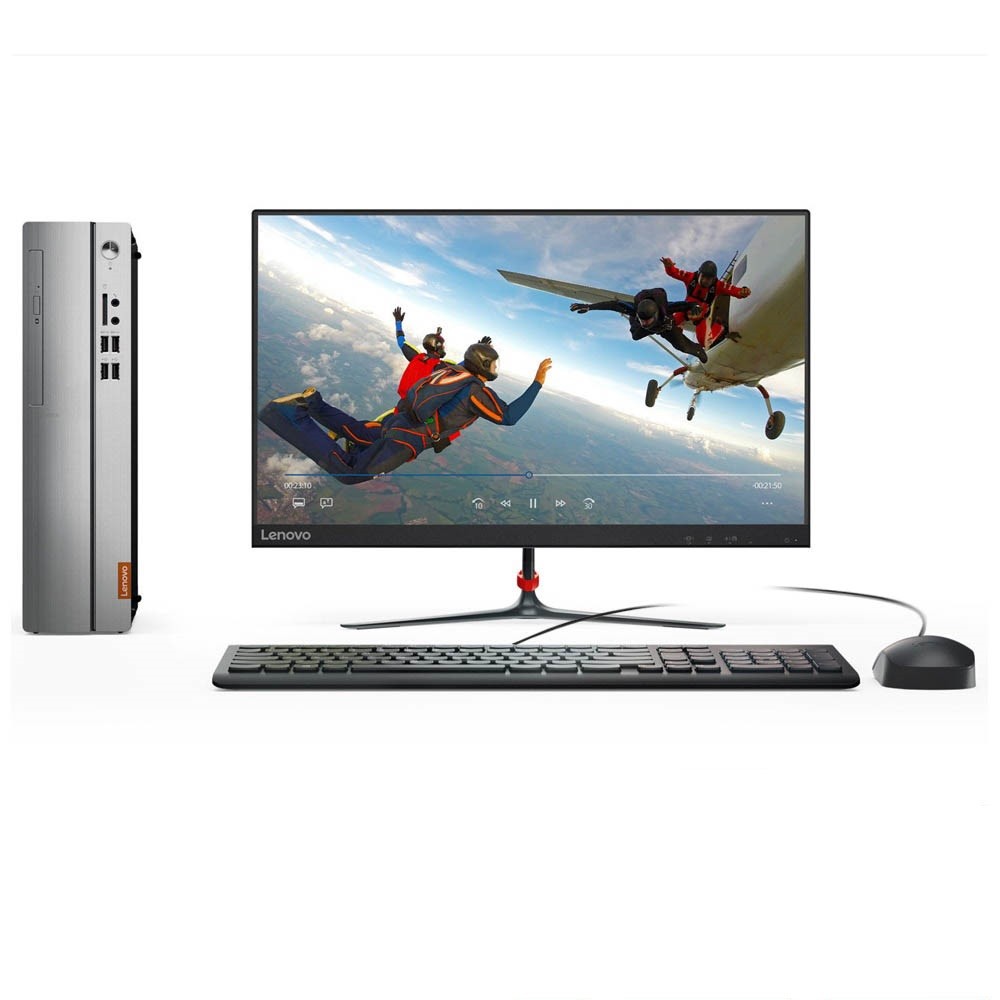The modern desktop computer is undergoing a major metamorphosis to satisfy the needs of a hybrid workforce in the quickly evolving workplace of today. Desktops are changing to provide better performance, flexibility, and collaboration features as more people want to combine in-office and remote work.
Once thought to be rigid and unforgiving, desktop computers are now adopting new technologies to match portable alternatives in terms of agility, performance, and adaptability.
This post will examine the six main ways that desktop computers are changing to meet the demands of the contemporary hybrid worker.
1. Smaller, More Portable Form Factors
In recent times, there has been a notable trend in desktop design towards smaller and more portable form sizes. Hybrid work requires devices that are easily portable between the office and home, and the traditional large desktop tower is not always a good fit.
All-in-one (AIO) and micro desktop computers—which have the same power as regular desktop computers but are smaller and more space-efficient—have been produced in response by manufacturers.
In hybrid work environments, mini desktop computers like Apple’s Mac Mini and Intel’s NUC series have grown in popularity. These portable devices provide complete desktop functionality in a convenient size factor.
2. Cloud Integration and Virtualization
The smooth integration of desktops with virtualization and cloud services is one of the biggest developments for a hybrid work approach. Cloud-based solutions such as Dropbox, Google Workspace, and Microsoft 365 allow employees to view and share data from any location, eliminating the need for a physical desktop.
Moreover, the rise of virtual desktops has allowed employees to access their entire desktop environment remotely from any device.
Users can access a virtualized desktop with solutions like Windows Virtual Desktop or Amazon WorkSpaces, which guarantee consistent access to all files, apps, and settings from any location.
3. High-Performance Components for Intensive Workloads
One common feature of the hybrid work model is working on complex tasks that require a lot of processing power, especially for professionals in data analysis, design, and engineering. In this market, desktop computers continue to hold a dominant position due to their ability to hold high-performance components.
Desktop computers frequently have more powerful CPUs, GPUs, and RAM than laptops do. This makes them ideal for tasks like video editing, 3D rendering, and complex simulations.
For instance, creative professionals stand to gain from the combination of AMD Ryzen Threadripper or Intel Core i9 processors with high-end graphics cards such as the NVIDIA RTX series GPUs.
4. Improved Features for Privacy and Security
Hybrid work expands the perimeter of the typical office, making cybersecurity a primary concern. Desktops now have enhanced security features that address the unique risks associated with remote work environments.
Hardware-based security solutions, like Intel vPro technology, which offers integrated defences against malware and threats as well as remote administration capabilities for IT teams, are a common feature of current desktop computers.
In addition to hardware-based security, desktop computers also offer improved data privacy and encryption features.
For example, desktop computers are becoming more integrated with TPM (Trusted Platform Module) technology, which encrypts sensitive data kept on the system. Workers who conduct their business from home and may come into contact with sensitive information should take extra care.
5. Designed for Ergonomic Setup and Multiple Monitors
One significant advantage desktop computers have over laptops is support for multi-monitor setups and sophisticated ergonomic arrangements. Multiple displays can help hybrid workers who spend much time at their desks with multitasking, seamless application navigation, and enhanced teamwork. This can lead to a large increase in productivity.
Employees can build specialized workstations that meet their demands because desktops can support numerous monitors without sacrificing performance.
This is particularly useful for careers in software development, financial trading, and content creation because multitasking across multiple displays can increase efficiency.
6. Flexible and Future-Proof
One of the primary issues confronting the modern, fast-paced tech industry is rapid hardware obsolescence. But desktops provide a level of customization and future-proofing that laptops just can’t match.
- This suggests that desktops can adjust to their changing needs, extending the machine’s lifespan, for professionals who work in hybrid environments.
- Desktop computer users can easily upgrade some parts, like installing a more powerful graphics card, switching to an SSD for the hard drive, or adding more RAM.
Desktops are an affordable option for companies and individuals who need to stay up to date with the newest technological trends without having to buy new gadgets regularly because of their versatility.
In a Nutshell
As the hybrid work paradigm continues to gain traction, desktops are evolving to meet the unique opportunities and challenges presented by this new way of working.
Desktop computers are increasingly becoming indispensable tools for professionals who want a dependable and adaptable computing platform. These advantages include greater connectivity, improved ergonomics, robust performance, security features, sustainability, and customization choices.
Read more: Why Should You Choose a Curved-Screen Monitor for Gaming?
